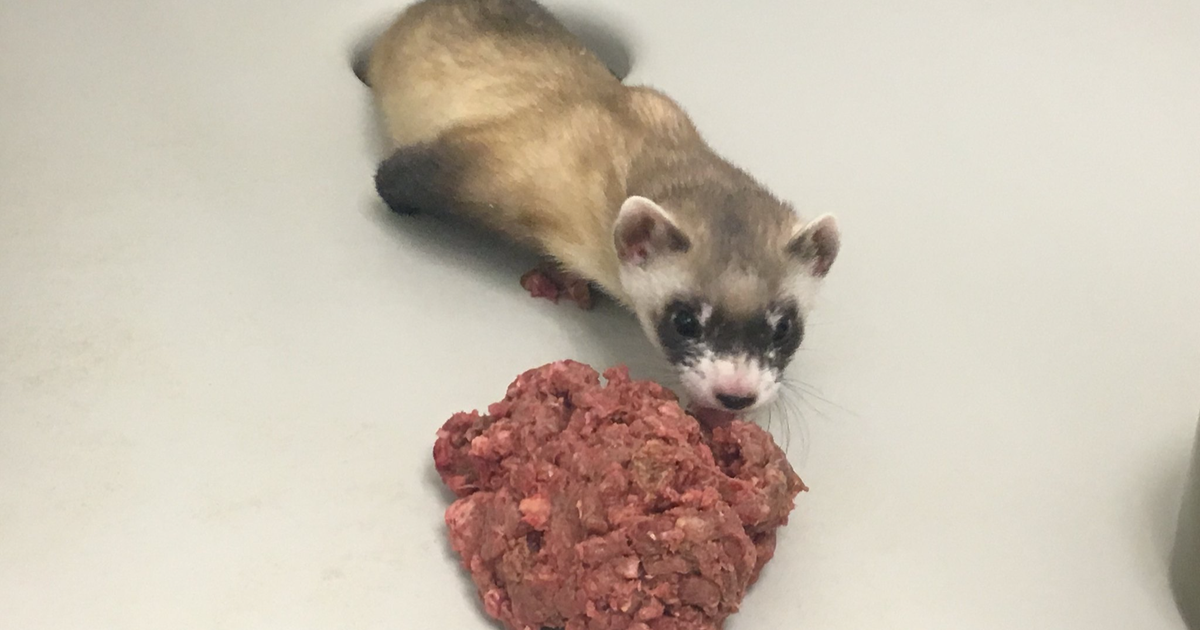
Meet “Elizabeth Ann.”
The U.S. Fish and Wildlife Service announced Thursday the successful birth of a cloned black-footed ferret. Scientists cloned Elizabeth Ann from a ferret that died 30 years ago.
This cloning, which can understandably sound Sci-Fi, is an innovative conservation effort. The Fish and Wildfire Service says that all black-footed ferrets alive today are descended from just seven ferrets, meaning there’s a glaring dearth of genetic diversity in the endangered population. So adding new genes to the gene pool, by resurrecting cells of past ferrets, can introduce fresh genes into the population.
“Without an appropriate amount of genetic diversity, a species often becomes more susceptible to diseases and genetic abnormalities, as well as limited adaptability to conditions in the wild and a decreased fertility rate,” the Fish and Wildlife Service said in a statement. “Limited genetic diversity makes it extremely difficult to fully recover a species.”
Cutting-edge science and a blast from the past! Meet Elizabeth Ann. She’s the first-ever cloned black-footed ferret, created from the frozen cells of a ferret that died more than 30 years ago: https://t.co/PJNo7NaFhV
Check the thread for more about Elizabeth Anne! pic.twitter.com/0i85mv9FgH
— US Fish and Wildlife (@USFWSMtnPrairie) February 18, 2021
Black-footed ferrets were once believed extinct, but a rancher discovered a population of the animals in the early 1980s. They remain one of the rarest land mammals left in the U.S., the agency said. Like many endangered species, they’ve been hit with multiple threats, namely the loss of wild habitat and disease (sylvatic plague).
The clone was made possible because scientists prudently froze a ferret’s (named Willa) tissues at San Diego Zoo Global’s Frozen Zoo in 1988. It’s a center that preserves different types of living cells.
See Also: The real winner of Fat Bear Week
More cloning, in different endangered species, is likely on the way.
“Genetic cloning is a new tool that could pave the way for conserving endangered and threatened species by supplementing traditional and proven measures such as habitat protection, captive breeding, disease control, invasive species management, and wild population surveys,” the Fish and Wildfire Service tweeted.
